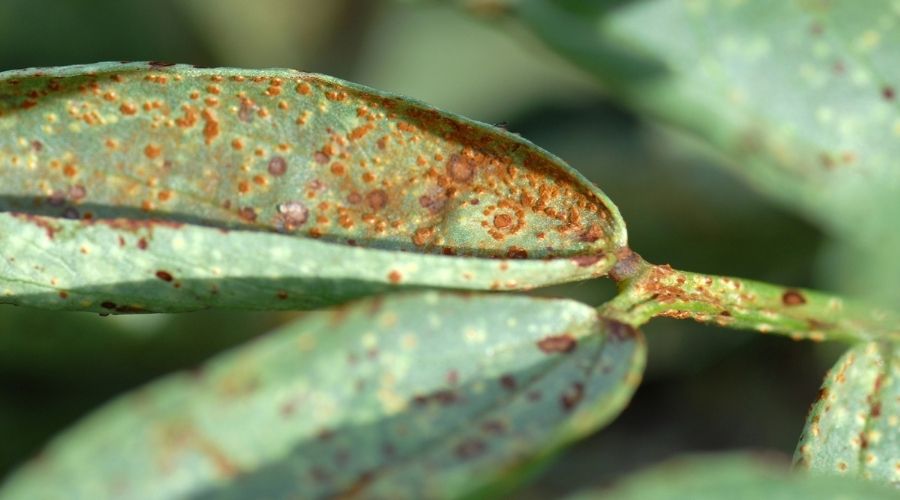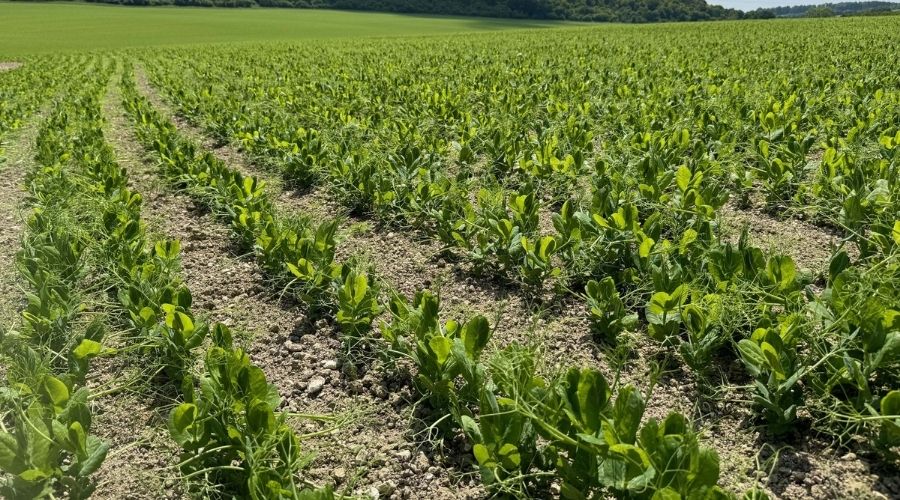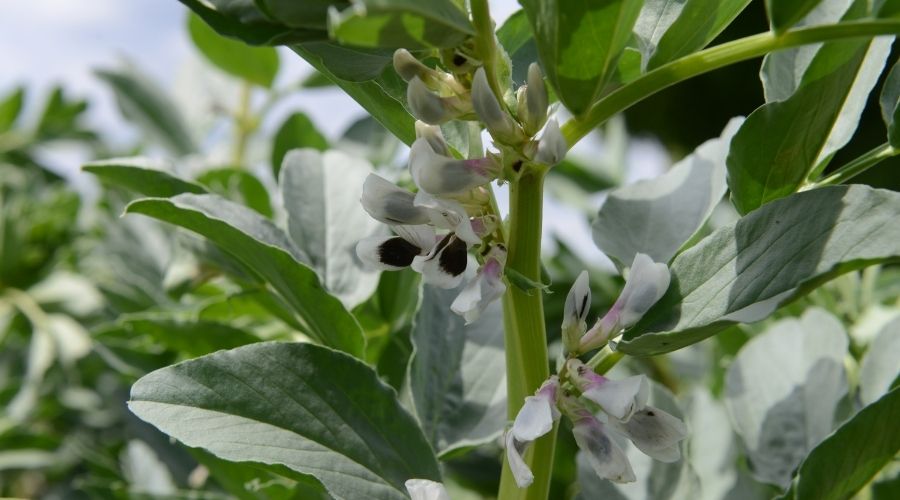Expert shares advice on pulse protection for rapid leaf growth
13th June 2024
Late sown pulse crops that were slow to establish are now racing through growth stages to recover, however, increasing high disease pressure could restrict green leaf area development and yield potential, warns a Syngenta expert.

Simon Jackson, Syngenta’s technical manager, said that rust is currently the major risk in spring beans. Therefore, he advises that growers should target an effective treatment at first pod set to stop disease from getting established.
Mr Jackson added that the experience of spring beans in similar conditions last season highlighted the benefit of a two-spray strategy, with a follow up in mid-July to ensure sustained rust control and protect green leaves to complete pod fill.
“Although late sown beans are growing rapidly – where growers might consider a one spray strategy may suffice – extending the growing season with robust disease control will help them to achieve their yield potential,” he suggested.

Supporting crops’ development
Bean crop prices have remained consistently buoyant, compared to other combinable crops, which warrants investment to maximise yields.
Mr Jackson advocates an initial application of Elatus Era to target rust, along with chocolate spot if cool, wet conditions persist. That would be followed up with an Amistar application in mid-July to focus on maintaining healthy green leaf through pod fill.
He said: “With the fast-growing crop, as well as widespread weevil damage to early leaves, growers and agronomists should also consider including Vixeran biofertiliser with the initial fungicide application.
“As an additional readily available N supply, that will support the crops’ development and maintain the green leaf biomass. Vixeran has proven especially useful in promoting bean crop growth.”

Pea performance
The expert also highlighted excellent results from the Elatus Era treatment on combining peas. This season’s wet spring weather has been especially favourable for Ascochyta leaf spotting, with associated risks of pod infection and pea staining.
Syngenta field trials in combining peas last year reinforced the importance of the early flowering (T1) timing for disease control. The research in Yorkshire showed Elatus Era was by far the most effective T1 treatment for powdery mildew control, giving an 84% reduction in infection, compared to untreated, while at the same timing Signum gave just a 36% reduction.
Mr Jackson added: “Elatus Era can be applied from growth stage 51 in pulses, right through to 20% of pods having reached full size (GS 72). That makes it highly flexible for protection of fast-growing pea crops.”

Growers can make a single application of Elatus Era at a rate of up to 0.66 l/ha in field peas and beans.
New Syngenta biofertiliser trials have also shown effective results from Nuello iN endophyte seed treatment in peas, showing improvements in rooting and crop growth.
“Supporting development of this season’s rapid crop growth with endophyte nutrient capture, will give peas the opportunity to reach their full potential,” Mr Jackson concluded.
Read more arable news.
